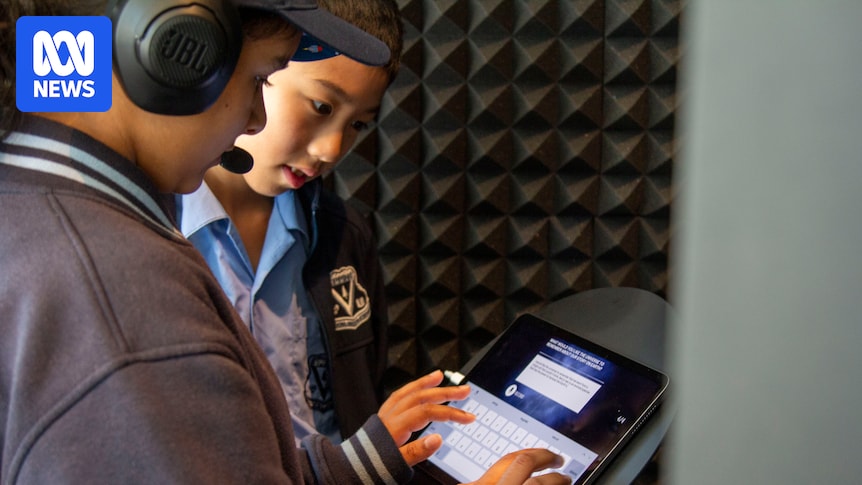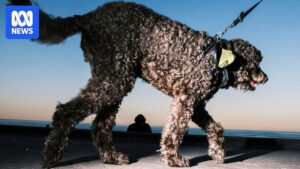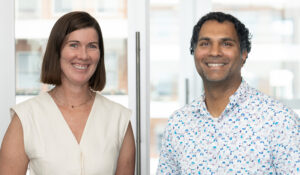
If you could send one message about humanity into deep space, what would it be? For Epping Public School student Saanvi Singh, the remarkable story of human evolution is what she wants to send. “We started off as a single cell that couldn’t see, think or feel and we became an evolved species that has a power to harness all the resources on Earth,” Saanvi, a Year 6 student, said. “And maybe even in the future, [in] space.”
Fellow student Rishabh Dilip Nair wanted to tell the universe that humans were social creatures who shared love and laughs. “I want to show that we’re expressive, emotional beings,” Rishabh said. Saanvi and Rishabh are among thousands of people from around the world contributing to a new project to send messages into deep space to tell the universe what it should know about our story on Earth.
The HUMANS Project: A Global Initiative
The HUMANS project, run by the Massachusetts Institute of Technology (MIT), is collecting answers from over 80 countries in more than 65 languages. Members of the public recorded their musings in Sydney on Friday, with more answers to be recorded on Saturday at a Parramatta Science Day event. The answers will be distilled into a deep space broadcast and put into an eight-inch wafer to be sent into space in 2027.
Project co-founder Dr. Maya Nasr, a science engineer at Harvard University and the Environmental Defense Fund, says the project pays homage to the Voyager space mission. That mission had a similar audio payload, known as the Golden Record, when it was launched into outer space almost 50 years ago.
“We wanted to get this kind of shared story that echoes the timeless legacy of Voyager and the Golden Record,” Dr. Nasr said.
Marking the 50th Anniversary of Voyager
HUMANS (Humanity United with MIT Art and Nanotechnology in Space) is timed to coincide with the 50-year anniversary of the Voyager space probe mission that launched in 1977. The Voyager mission sent two space probes to study planets and space outside the solar system, while also carrying a collection of sounds and images depicting life on Earth.
As well as dozens of greetings, the Voyager Golden Record featured sounds of animals, wind, thunder, and human-originated noises, including machinery and music ranging from Beethoven to Chuck Berry. The new HUMANS mission will record thousands of voices from around the world before the 2027 launch.
Dr. Nasr says the project will be more introspective for humanity than the Golden Record. “A big part of the messaging … in the Golden Record is to represent who we are as humanity to extraterrestrials,” Dr. Nasr said.
Advanced Technology for a New Era
What will also set the project apart from the Voyager mission will be the use of more advanced technology. Using nanotechnology, the messages’ audio waveforms will be etched as spirals onto an eight-inch wafer, similar to a vinyl record. “We are taking it to a new era,” Dr. Nasr said.
He oversaw an earlier iteration of the project in which participants from around the world spoke of what space meant to them. Their answers were etched onto a wafer and sent to the ISS, while a smaller replica was sent to the moon with the IM-2 mission this year. Unfortunately, the spacecraft tipped on its side while landing on the moon in March.
Australia’s Role in the HUMANS Project
Thousands are expected to record their messages to the universe over Friday and Saturday at audio booths run by the Powerhouse museum. Powerhouse CEO Lisa Havilah says she’s honored that the science museum was selected to be part of the global project.
“We really love to connect local audiences and Sydney audiences with national and international conversations,” Ms. Havilah said. “It’s an important part of our space and international space and aeronautical history.”
The HUMANS project wafer will be part of Powerhouse Parramatta’s inaugural exhibition on space when it opens late next year.
This initiative not only marks a significant milestone in space exploration but also invites a reflection on humanity’s collective identity. As the project progresses, it will be fascinating to see how these messages, etched in nanotechnology, will narrate our story to the cosmos, potentially sparking new dialogues about our place in the universe.





